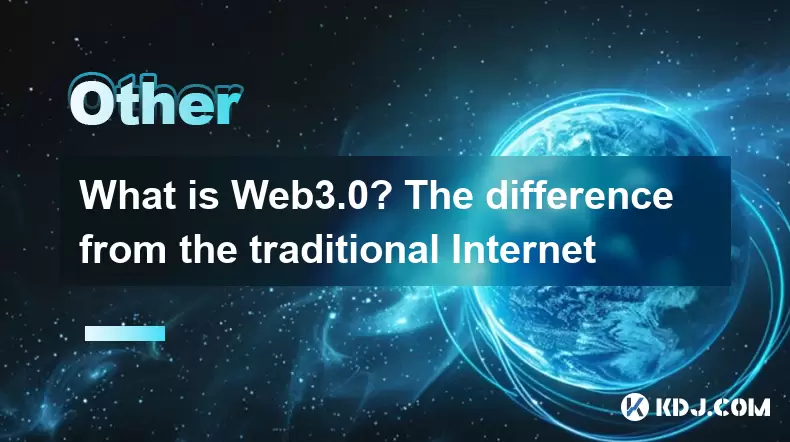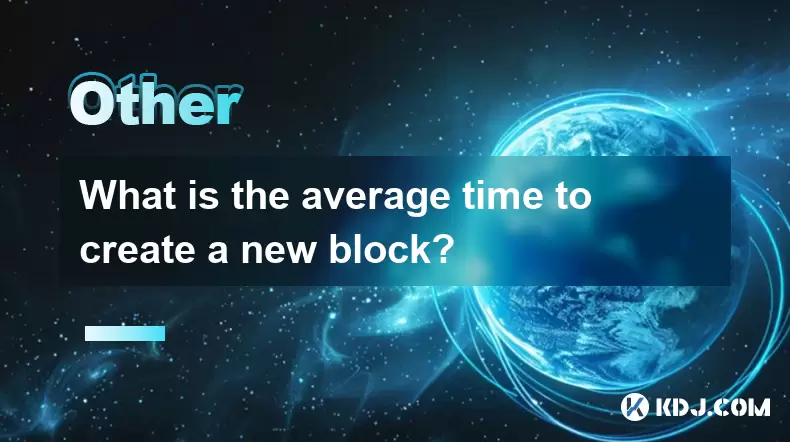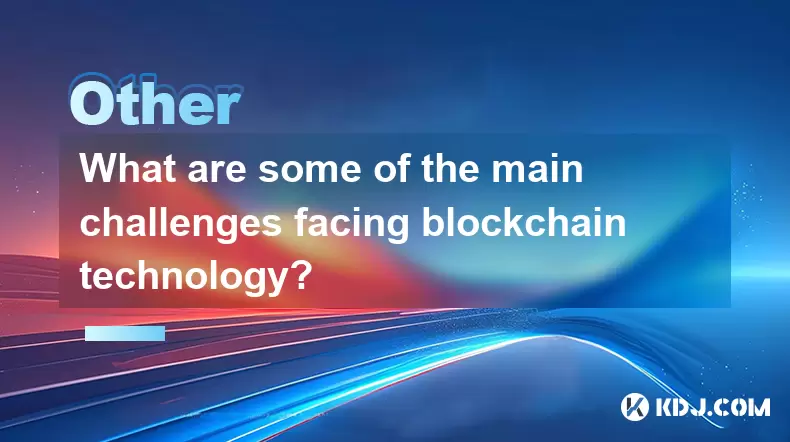-
 Bitcoin
Bitcoin $117500
2.15% -
 Ethereum
Ethereum $3911
6.19% -
 XRP
XRP $3.316
10.79% -
 Tether USDt
Tether USDt $1.000
0.01% -
 BNB
BNB $787.2
2.24% -
 Solana
Solana $175.2
4.15% -
 USDC
USDC $0.9999
0.00% -
 Dogecoin
Dogecoin $0.2225
8.40% -
 TRON
TRON $0.3383
0.28% -
 Cardano
Cardano $0.7868
6.02% -
 Stellar
Stellar $0.4382
9.34% -
 Hyperliquid
Hyperliquid $40.92
7.56% -
 Sui
Sui $3.764
7.63% -
 Chainlink
Chainlink $18.48
10.66% -
 Bitcoin Cash
Bitcoin Cash $582.1
1.88% -
 Hedera
Hedera $0.2601
6.30% -
 Avalanche
Avalanche $23.33
4.94% -
 Ethena USDe
Ethena USDe $1.001
0.02% -
 Litecoin
Litecoin $122.3
2.04% -
 UNUS SED LEO
UNUS SED LEO $8.969
-0.27% -
 Toncoin
Toncoin $3.339
0.86% -
 Shiba Inu
Shiba Inu $0.00001287
4.30% -
 Uniswap
Uniswap $10.43
7.38% -
 Polkadot
Polkadot $3.861
5.08% -
 Dai
Dai $1.000
0.02% -
 Bitget Token
Bitget Token $4.513
3.41% -
 Monero
Monero $267.7
-6.18% -
 Cronos
Cronos $0.1499
4.14% -
 Pepe
Pepe $0.00001110
5.15% -
 Aave
Aave $284.9
8.28%
What is Web3.0? The difference from the traditional Internet
Web3.0 empowers users with data ownership, decentralization, and direct peer-to-peer interactions through blockchain and smart contracts.
Jun 23, 2025 at 03:49 am

Understanding Web3.0 in the Context of Cryptocurrency
Web3.0 refers to the next evolutionary phase of the internet, built on decentralized technologies and blockchain infrastructure. Unlike its predecessors—Web1.0 (read-only) and Web2.0 (read-write)—Web3.0 emphasizes read-write-own, where users have control over their data, identity, and digital assets. This paradigm shift is largely driven by blockchain technology, smart contracts, and decentralized applications (dApps).
In the cryptocurrency ecosystem, Web3.0 represents a trustless and permissionless environment where intermediaries are minimized or eliminated entirely. Users interact directly through peer-to-peer networks, using cryptographic keys and digital signatures for authentication and ownership verification.
Core Technologies Behind Web3.0
To understand how Web3.0 differs from the traditional internet, it’s essential to explore its foundational technologies:
- Blockchain: The backbone of Web3.0, enabling immutable ledgers and decentralized consensus.
- Smart Contracts: Self-executing agreements with the terms directly written into code, facilitating automated interactions without third-party involvement.
- Decentralized Identifiers (DIDs): Allow users to own and manage their digital identities without relying on centralized authorities.
- Token Standards (e.g., ERC-20, ERC-721): Enable the creation and management of fungible and non-fungible tokens (NFTs), which represent digital ownership.
These components collectively form the architecture that supports user sovereignty, data portability, and economic participation in Web3.0 environments.
Key Differences Between Web3.0 and Traditional Internet
The most notable distinction lies in ownership and control. In traditional internet models (Web2.0), platforms like Facebook, Google, and Twitter collect and monetize user data without sharing profits or control. In contrast, Web3.0 empowers users to retain ownership of their data and digital assets through decentralized protocols.
Another major difference is interoperability. Traditional web services often operate in silos, making data transfer between platforms cumbersome. Web3.0 systems, however, utilize open standards and public blockchains, allowing seamless interaction across different dApps and ecosystems.
Censorship resistance is also a defining feature of Web3.0. Since no single entity governs the network, content cannot be arbitrarily removed or modified, unlike in centralized platforms where moderation policies can restrict speech or access.
User Experience in Web3.0 vs Traditional Platforms
From a usability standpoint, Web3.0 introduces new paradigms that challenge conventional user interfaces. Instead of logging in with usernames and passwords, users authenticate via wallet addresses and private keys. Wallets like MetaMask, Trust Wallet, or hardware wallets serve as gateways to the decentralized web.
Interacting with dApps involves signing transactions and paying gas fees in native cryptocurrencies like ETH or BNB. While this provides greater autonomy and transparency, it also demands a higher level of technical understanding compared to traditional login processes.
Content consumption and creation in Web3.0 often involve token-based incentives. For example, content creators earn tokens directly from their audience, bypassing platform commissions. Similarly, users can stake tokens to participate in governance decisions, shaping the future of the platforms they use.
Economic Models in Web3.0
Traditional internet platforms rely heavily on advertising revenue, which incentivizes data collection and surveillance. Web3.0, by contrast, introduces tokenomics-driven economies where value is distributed among users, developers, and stakeholders.
Token-based systems enable various economic activities such as:
- Staking: Locking up tokens to secure the network and earn rewards.
- Yield Farming: Providing liquidity to decentralized finance (DeFi) protocols in exchange for yield.
- Governance Participation: Voting on protocol upgrades and treasury allocations using governance tokens.
These mechanisms foster community-driven development and resource allocation, aligning incentives across all participants in the ecosystem.
Security and Privacy Considerations
One of the central promises of Web3.0 is enhanced security and privacy. Traditional internet platforms store user data in centralized databases, making them prime targets for hacking and data breaches. In contrast, Web3.0 leverages cryptographic techniques to secure data at the individual level.
Each transaction and interaction is verified cryptographically, reducing the risk of unauthorized access. Additionally, zero-knowledge proofs allow users to prove possession of certain information without revealing the actual data, further enhancing privacy.
However, the decentralized nature of Web3.0 also introduces unique risks. Private key management is critical—if lost, there's no way to recover account access. Furthermore, smart contract vulnerabilities can lead to significant financial losses if not properly audited.
Frequently Asked Questions
What role do NFTs play in Web3.0?
NFTs (Non-Fungible Tokens) are integral to Web3.0 as they represent unique digital ownership. They enable verifiable scarcity and provenance, allowing creators and users to tokenize and trade digital assets like art, music, virtual real estate, and more.
How does decentralization affect content moderation in Web3.0?
Unlike centralized platforms where moderators enforce rules, Web3.0 relies on community governance and on-chain voting to determine acceptable behavior. While this reduces censorship, it also poses challenges in addressing harmful or illegal content.
Can I use Web3.0 without owning cryptocurrency?
Most Web3.0 interactions require some form of cryptocurrency to pay for transactions (gas fees) or engage with dApps. However, some platforms offer wrapped or fiat-on-ramped solutions to ease entry for newcomers.
Is Web3.0 accessible on mobile devices?
Yes, several Web3.0-compatible wallets and browsers are available on both iOS and Android. These apps provide seamless integration with decentralized networks, allowing users to interact with dApps on the go.
Disclaimer:info@kdj.com
The information provided is not trading advice. kdj.com does not assume any responsibility for any investments made based on the information provided in this article. Cryptocurrencies are highly volatile and it is highly recommended that you invest with caution after thorough research!
If you believe that the content used on this website infringes your copyright, please contact us immediately (info@kdj.com) and we will delete it promptly.
- FTT Token's Wild Ride: Creditor Repayments vs. Market Drop - A New Yorker's Take
- 2025-08-08 07:10:12
- Floki Crypto Price Prediction: Riding the Robinhood Rocket or Just a Meme?
- 2025-08-08 07:15:12
- EigenLayer, Restaking, and Ethereum: Navigating the Hype and the Hazards
- 2025-08-08 06:30:12
- Super Bowl 59: Jon Batiste to Jazz Up the National Anthem
- 2025-08-08 06:30:12
- Cold Wallet Crypto in 2025: The Future is Now, Ya'll
- 2025-08-08 05:10:13
- MAGACOIN, SOL, and ADA: A Tale of Shifting Tides in Crypto
- 2025-08-08 05:10:13
Related knowledge

What is the purpose of a nonce in mining?
Aug 04,2025 at 05:56pm
Understanding the Role of a Nonce in Cryptocurrency MiningIn the world of cryptocurrency mining, the term nonce stands for 'number used only once.' Th...

Can data on a blockchain be deleted?
Aug 05,2025 at 04:00am
Understanding Blockchain ImmutabilityThe core principle behind most blockchain systems is immutability, which means that once data is recorded onto th...

What is the difference between on-chain and off-chain transactions?
Aug 02,2025 at 04:22pm
Understanding On-Chain TransactionsOn-chain transactions refer to digital asset transfers that are recorded directly on a blockchain ledger. These tra...

What is the average time to create a new block?
Aug 06,2025 at 09:21pm
Understanding Block Creation in Blockchain NetworksThe average time to create a new block varies significantly depending on the specific blockchain pr...

How are blocks linked together?
Aug 04,2025 at 06:56am
Understanding the Structure of a BlockchainA blockchain is a decentralized digital ledger composed of a sequence of blocks, each containing a list of ...

What are some of the main challenges facing blockchain technology?
Aug 07,2025 at 02:58am
Scalability Constraints in Blockchain NetworksOne of the most persistent challenges in blockchain technology is scalability. As blockchain networks gr...

What is the purpose of a nonce in mining?
Aug 04,2025 at 05:56pm
Understanding the Role of a Nonce in Cryptocurrency MiningIn the world of cryptocurrency mining, the term nonce stands for 'number used only once.' Th...

Can data on a blockchain be deleted?
Aug 05,2025 at 04:00am
Understanding Blockchain ImmutabilityThe core principle behind most blockchain systems is immutability, which means that once data is recorded onto th...

What is the difference between on-chain and off-chain transactions?
Aug 02,2025 at 04:22pm
Understanding On-Chain TransactionsOn-chain transactions refer to digital asset transfers that are recorded directly on a blockchain ledger. These tra...

What is the average time to create a new block?
Aug 06,2025 at 09:21pm
Understanding Block Creation in Blockchain NetworksThe average time to create a new block varies significantly depending on the specific blockchain pr...

How are blocks linked together?
Aug 04,2025 at 06:56am
Understanding the Structure of a BlockchainA blockchain is a decentralized digital ledger composed of a sequence of blocks, each containing a list of ...

What are some of the main challenges facing blockchain technology?
Aug 07,2025 at 02:58am
Scalability Constraints in Blockchain NetworksOne of the most persistent challenges in blockchain technology is scalability. As blockchain networks gr...
See all articles

























































































